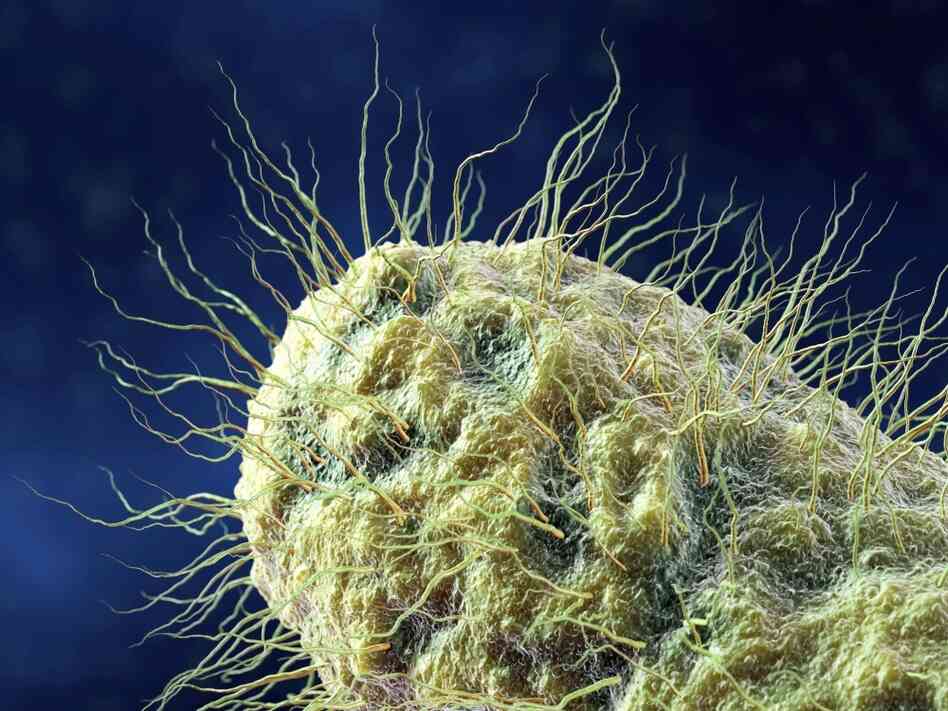
Every hear of vancomycin? That the generic name for an antibiotic called vancocin HCL pulvules. Yes, it’s an antibiotic with a narrow range of usefulness, however, it’s still an important medication.
According to Drugs.com:
“Vancomycin is an antibiotic. When taken by mouth it fights bacteria in the intestines.”
“Vancomycin is used to treat an infection of the intestines caused by Clostridium difficile, which can cause watery or bloody diarrhea. It is also used to treat staph infections that can cause inflammation of the colon and small intestines.”
“Oral vancomycin works only in the intestines. This medicine is not normally absorbed into the body and will not treat other types of infection. An injection form of this medication is available to treat serious infections in other parts of the body.”
“Vancomycin may also be used for purposes not listed in this medication guide.”
While vancomycin may have been a useful antibiotic in fighting intestinal infections, it does have its harmful side effects like so many other drugs. One of the major side effects is ringing in the ears and even hearing loss. If that happens, a person needs to notify their doctor as soon as possible.
It can also be passed through breast milk, so any woman who is prescribed to take vancomycin and is breast feeding, should stop breast feeding as long as they are taking the antibiotic.
Like many antibiotics, some bacteria are found to be resistant to vancomycin. This is NOT evolution, but a matter of genetic selection. Like all superbugs, certain bacteria already contain the genetic information that makes them resistant to a specific medication. The medication will kill off all of the bacteria that are not resistant, leaving just those with the resistance to survive and multiply. Now that particular population of bacteria all has resistance since they are descendants of the few that previously contained the resistance in their genes. In reality, this is a loss of genetic variation and information which is the opposite of what evolution demands – an increase in genetic variation and information.
Researchers at the Scripps Research Institute have announced that they found a way to make vancomycin many times more potent and durable. Their hope is that the newer super-potent form of the antibiotic is powerful enough to kill off the more resistant bacteria.
How much stronger is the new vancomycin? Depends upon the source you turn to. One source said the new form is 1,000 times stronger and another source says it’s 25,000 times stronger. Either way, the announcement may be huge in fighting some strong intestinal bacterial infections.
Regardless of the how many times more potent the new version is, the question is how is it in treating the intended antibiotic resistant bacteria infections? According to a report:
“A team from the California-based Scripps Research Institute have modified the antibiotic vancomycin, deeming the new variation ‘the first antibiotic to have three independent mechanisms of action’ in a press release made public Monday.”
‘Dr. Dale Boger, the lead scientist behind the development, said that the adapted vancomycin meant that ‘doctors would need to use less of the antibiotic to fight infection’.”
“The drug was tested on vancomycin-resistant enterococci (VRE), a bacteria which can cause infections in the intestine, urinary tract and wounds. VRE is listed as being high priority on the World Health Organization’s ranking of bacteria which most urgently need research and development into new antibiotics.”
None of the reports said if the new super-potent form of vancomycin still has the same side effects or even if the side effects have also increased with the new increased potency. It seems that only time will tell what, if any, side effects will be with the new super-potent vancomycin, but it would be best if anyone taking it, knows what the possible side effects could be and to watch out for them.
Leave a Reply